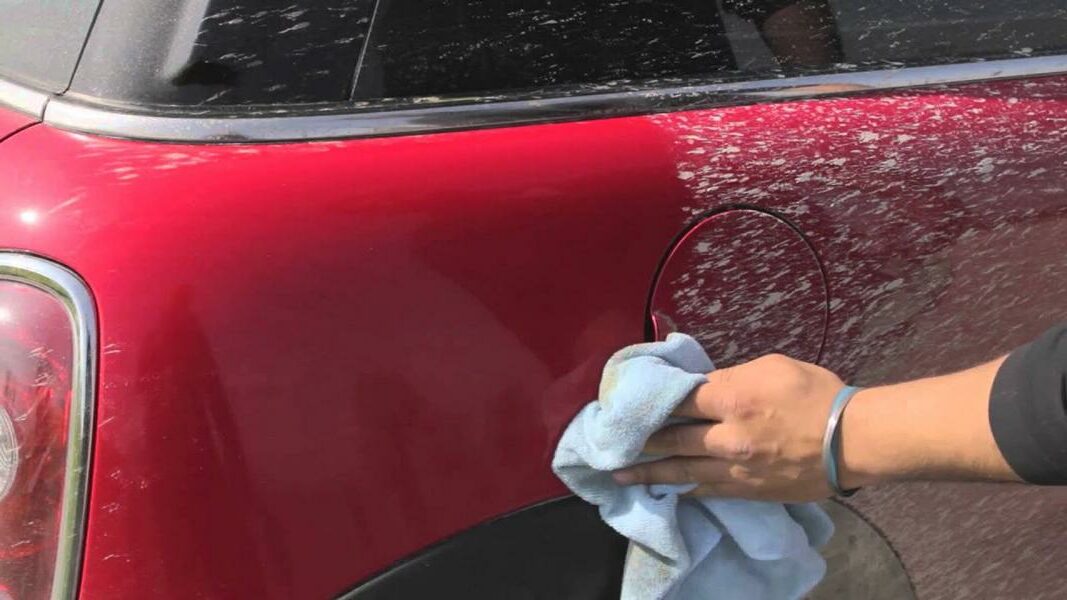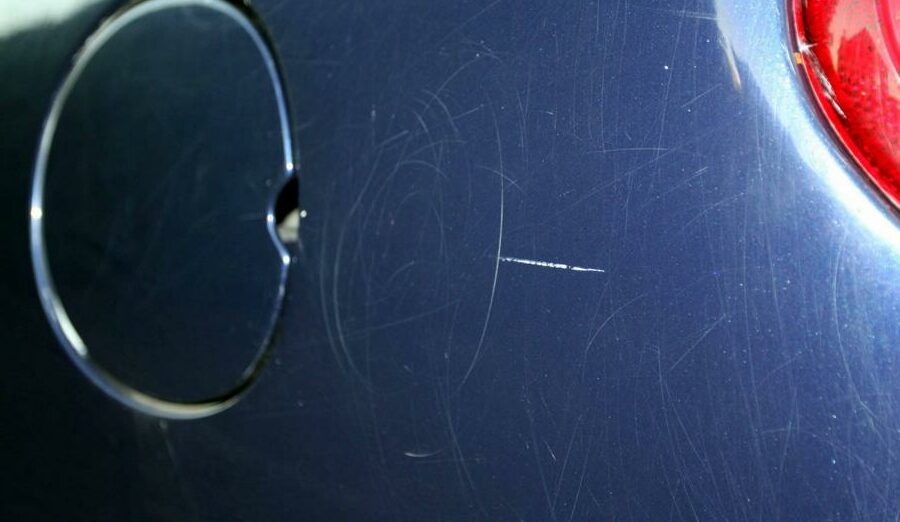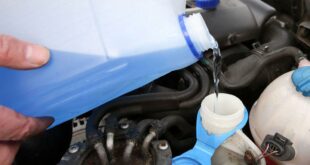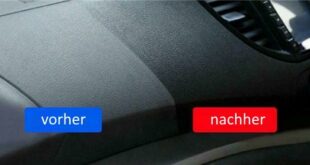Every vehicle is happy about a wash. This is how the paint really shines. But still, there is something to consider here. It is known Complete wash with two buckets, cleaning foam and a Pressure Washer. Such a wash is but not allowed everywhere, because you are local. Otherwise the cleaning water threatens to pollute the environment with its chemicals. At home, a complete wash is usually not allowed at all. Then how about that one dry wash?
advantages and disadvantages
The dry wash offers you numerous advantages. On the one hand, there are the necessary ones Microfiber Cloths and the dry cleaner easy to stow in the trunk and therefore easy to transport, on the other hand, the laundry comes complete without water the end. So wastewater is produced not. And while there are quite a few benefits of dry washing, predominate in our opinion the disadvantages clearly. Because by allowing the dry wash without water is carried out, the dirt particles not completely removed.
Pre-cleaning, for example with a high-pressure cleaner, ensures that coarse dirt is removed removed without being rubbed over the paint. This important step is completely omitted with dry cleaning. This creates a significantly increased risk of scratches in the paintwork, since the dirt is rubbed in like sandpaper. The rule of thumb, the less water, the less cleaning, applies here in any case. And it definitely takes a lot of microfiber towels if you really want to clean the entire car with this method. A dry car wash is also time-consuming!
Alternative, but not sole replacement!
So a car dry wash is enjoy with caution. Larger dirt particles in particular can severely scratch the paintwork and have the exact opposite effect. After all, you want to clean your car to enjoy its beauty and not to damage that beauty. So, is a dry wash an option for a heavily soiled car? No, definitely not! Stubborn, coarse dirt may scratch the paintwork if washed dry with detergent and shampoo.
But when do you use this method? The dry wash is particularly suitable for thin layers of dust, which rest without large particles, i.e. at very light soiling. In this case, a dry wash is possible. In this case, it can supplement the classic complete wash, but it cannot be a completely sole replacement. Especially when the car is really dirty with mud, ice, salt residue, etc., a dry wash can only be a supplement to a full wash, but not a substitute for it.
Application and necessary materials
For a dry wash you need next to a corresponding dry cleaner high-quality microfiber cloths. As mentioned above, the dry wash goes completely without water do. But how do you actually use dry cleaning? That's easy to explain. At the beginning you spray with the spray shampoo all desired areas generously. For example the bonnet, the front half of the roof or the doors. Spray vigorously on anything that needs to be cleaned. Then fold a microfiber cloth in half and in a straight line pull the shampoo off the car. circle or swipe back and forth, absolutely avoid. This is because there is a risk of causing small scratches in the paintwork even if there is dust. When you wipe off the shampoo and dirt in one go (eg from the far right to the far left), this should be visible on the cloth. And this is exactly why you shouldn't just use one cloth for the whole car. After one lane, please fold the cloth again. One clean page must now be used for the next train. Otherwise you'll rub the dirt from the previous lane onto the vehicle, and there's also a risk of scratches here. So you only use one side of the cloth once.
Tips & summary information:
- You may be wondering whether you can simply use conventional microfiber cloths (household microfiber cloths) from the living room for cleaning? We can definitely say, unfortunately no. Because these must be suitable for clear coat. The best results are achieved by dry cleaning with extra high-quality automotive microfiber cloths. These protect your vehicle and its paint!
- A dry wash is a cleaning of the vehicle from the outside without water, but with a suitable detailer (which has sliding properties) and microfiber cloths.
- Cleaning sprays are available from many manufacturers.
- Always use with a lot of detailer liquid and only with long-fibre microfibre cloths.
- Do not use if there is a lot of dirt (if possible only with e.g. pollen, bee droppings and loose dirt).
- If possible, do not carry out on wet soiling.
- Detailer sprays should not be diluted.
- Waterless washing method advantages:
– time saving
– water saving
– applicable everywhere - Waterless washing method Disadvantages:
– many towels are required
– Risk of scratches higher than washing with 2 buckets
– not recommended for heavy soiling
The following note is essential: For safety reasons, tuningblog recommends all repair, inspection and maintenance work exclusively to be carried out in a specialist workshop! Although our information is summarized to the best of our knowledge and belief, we cannot assume any liability for the content. All information is therefore "without guarantee".
Of course, that wasn't the end of it!
In this tuningblog category there are guides and instructions for common defects/repairs on the vehicle and for installing accessories/tuning parts. Our articles explain in a simple way common defects and the corresponding repairs, as well as explaining how the first signs of a defect become noticeable. In most cases, we also have initial clues to the repair instructions in our repair instructions approximate The costs of the pending repair are listed. The goal of our subcategory “Auto Repair Guide“ is to create a head start in knowledge for the next visit to the workshop with initial tips. This may save you from tedious troubleshooting and small things can perhaps be done directly on your own. The same applies, of course, to the installation of accessories/tuning parts. Here, too, we would like to help with the implementation with instructions and tips. There are many other posts on this as well. Below is an excerpt of the last and HERE there are all previous instructions:
"tuningblog.eu" - we keep you up to date on the subject of autotuning and car styling with our tuning magazine and present you with the latest tuned vehicles from all over the world every day. It's best to subscribe to ours Feed and will automatically be informed as soon as there is something new about this post, and of course also to all other contributions.
 tuningblog.eu Your magazine about tuning the car
tuningblog.eu Your magazine about tuning the car






